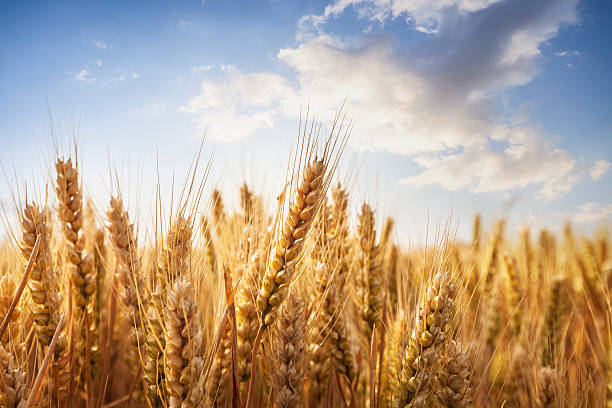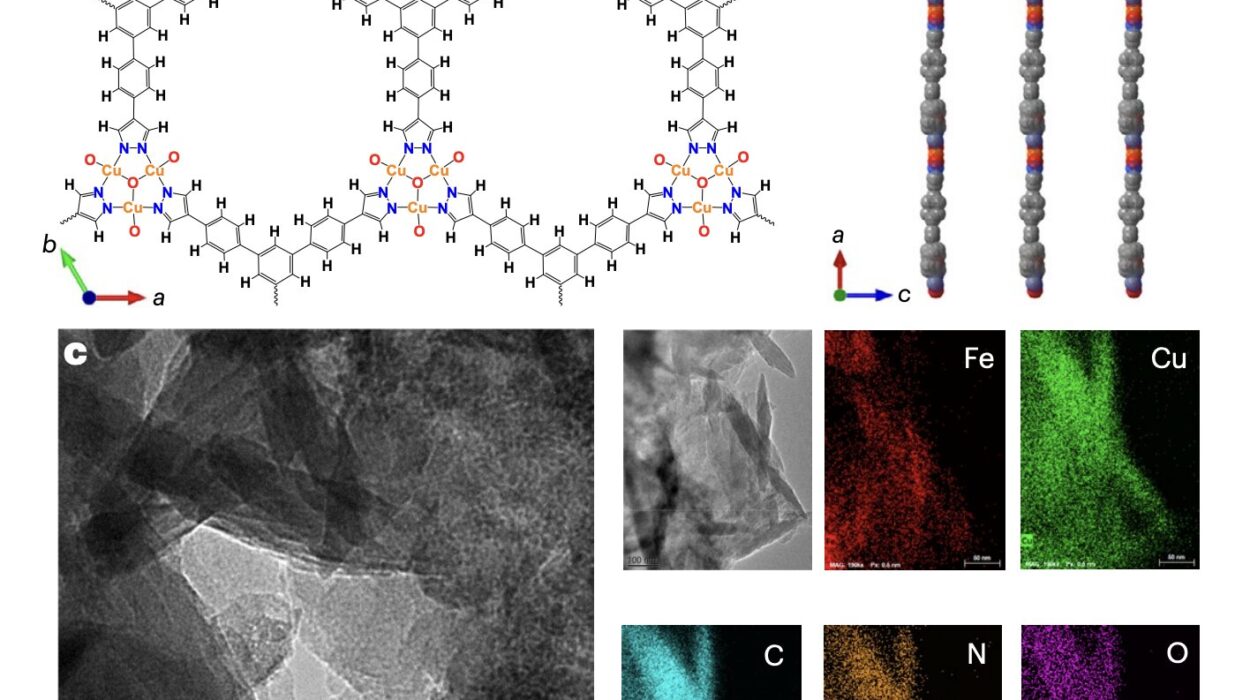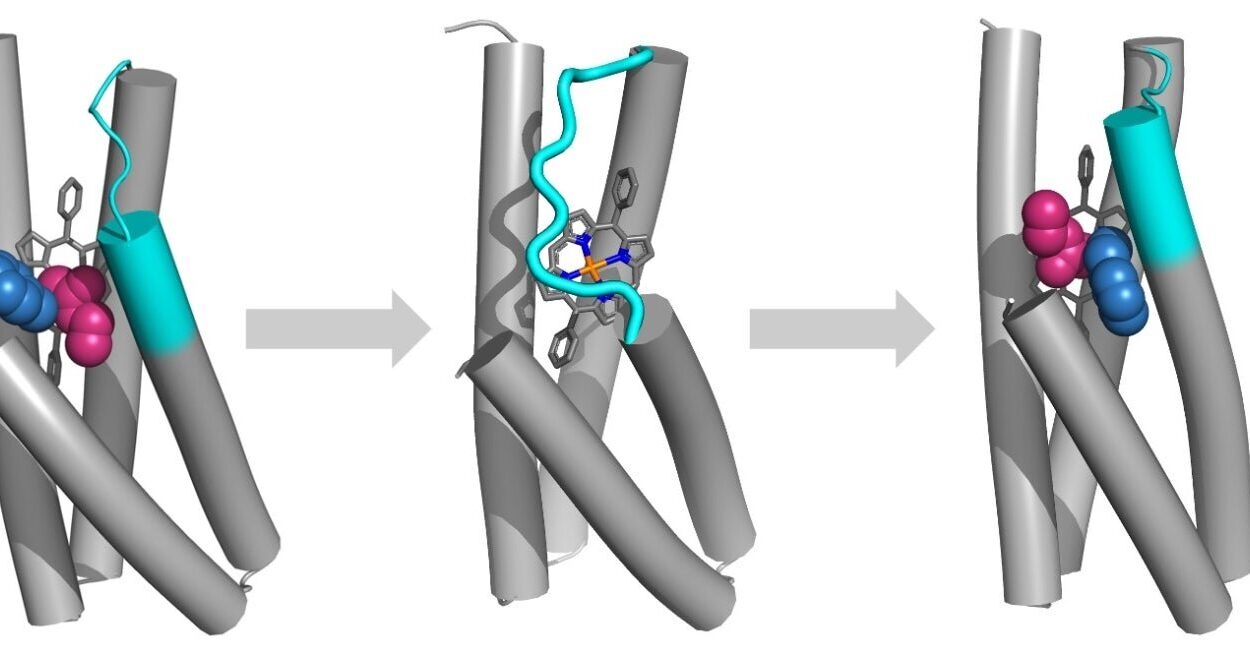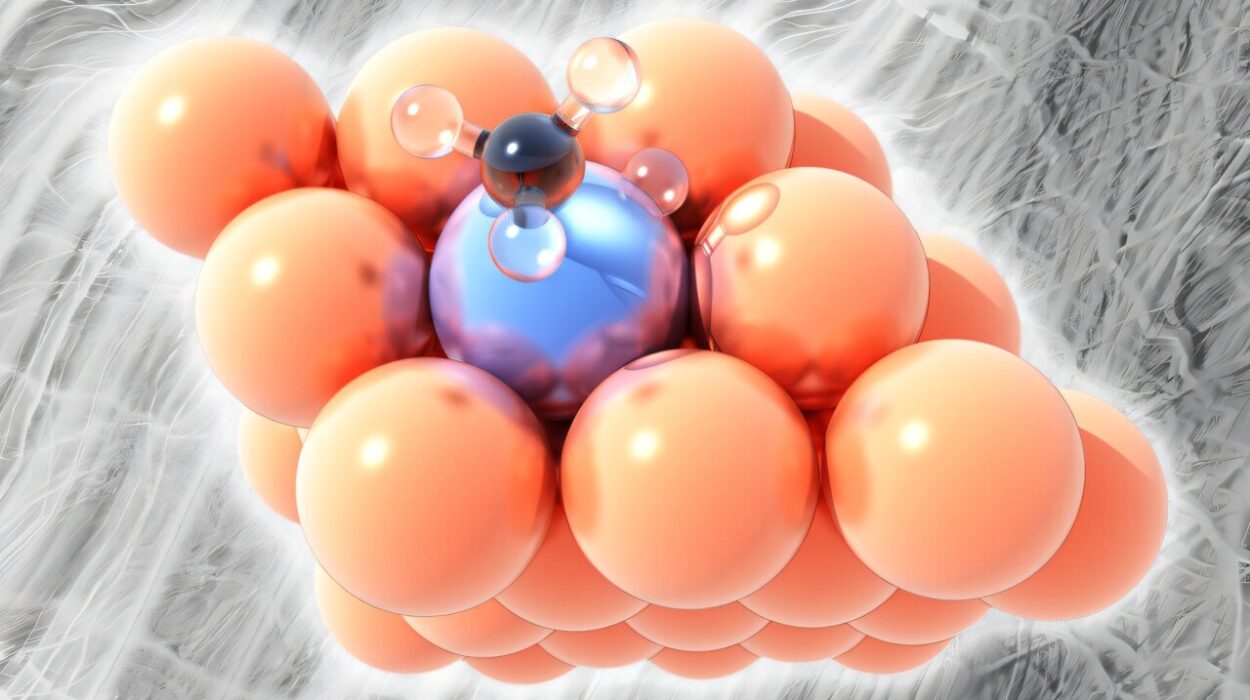In a sunlit lab tucked inside Chalmers University of Technology in Sweden, a quiet revolution is underway. Here, far from the glitter and glamour of fashion capitals, scientists are spinning gold—not from straw in the fairytale sense, but from something strikingly close. Using agricultural waste like wheat straw and oat husks, researchers have discovered a more sustainable and less chemically intensive method for producing textiles—one that could change how the world clothes itself.
This groundbreaking study, recently published in RSC Sustainability, signals a major shift in how we might rethink both fashion and farming. It’s a story about finding beauty and utility not in what we grow, but in what we throw away.
The Fabric of a Problem
Clothing may seem benign compared to carbon-spewing factories or fossil fuel-powered cars, but the textile industry is one of the planet’s most environmentally taxing. Cotton, the poster child of “natural” fabrics, demands staggering amounts of water—up to 20,000 liters to produce just a kilogram of usable fiber. Wood-based cellulose, often seen as an eco-friendlier alternative, still requires intensive processing and draws on forest resources that the world is struggling to preserve.
“There’s an urgent need to rethink where our textiles come from,” says Diana Bernin, Assistant Professor at Chalmers and senior researcher on the study. “Using agricultural waste could be a game-changer—not just for fashion, but for how we value what we consider ‘waste.’”
A New Source Beneath Our Feet
Bernin and her team set out to examine whether Sweden’s abundant agricultural byproducts—like oat husks and wheat straw—could serve as the basis for dissolving pulp, the essential ingredient in cellulose-based fabrics such as viscose and lyocell.
The results were promising. Of all the materials tested, oat husks and wheat straw showed the most potential for yielding high-quality dissolving pulp. These fibrous scraps, often discarded or used for low-value purposes like animal bedding or compost, were transformed through a process that was both gentler on the environment and more efficient than current wood-based methods.
What’s more, the process didn’t require the extensive chipping and debarking needed for tree pulp. Instead, the agricultural residue was boiled in lye—sodium hydroxide—a substance far less toxic than the cocktail of chemicals typically used in forest-based pulp production.
“Lye isn’t harmful to the environment and doesn’t linger in ecosystems like some other processing agents,” Bernin explains. “And because this method skips many of the more intensive stages, it’s not only greener but also potentially more economical.”
A Blueprint for a Better Industry
One of the most tantalizing aspects of this discovery is its compatibility with existing industrial infrastructure. Bernin believes that instead of building new facilities from scratch, the pulp and paper industry could be adapted to accommodate agricultural waste as a new raw material stream.
“If we can adjust existing processes rather than start from the ground up, we’ve already leapt over one of the biggest barriers to sustainable industrial change,” she says.
The lead author of the study, Joanna Wojtasz—formerly a postdoc at Chalmers and now a researcher with Tree To Textile, a project partner—echoes this optimism.
“The study shows that there is so much untapped potential in agricultural waste,” Wojtasz says. “This isn’t just about making one more type of fabric. It’s about shifting how we see materials, waste, and sustainability as a whole.”
More Than Straw Dreams
This new method doesn’t stop at wheat and oats. The team has already expanded their work to other unlikely candidates, including press-cake from grass, a fibrous byproduct left after extracting juice from field grass. Early trials suggest this material also holds promise for producing textile-grade cellulose.
In unpublished follow-up studies, the researchers have succeeded in taking the next critical step—actually spinning textile fibers from pulp made of wheat and grass. These early prototypes aren’t just academic. They could form the fabric of clothing hanging in future closets—garments made not from thirsty cotton fields or harvested trees, but from the leavings of harvest itself.
The Bigger Picture: Fashion’s Circular Future
This discovery fits into a broader movement toward circularity in fashion—an effort to design clothing with end-of-life reuse, recycling, and low environmental impact in mind. As the industry grapples with its outsized role in climate change, innovations like the one coming out of Chalmers offer hope for a cleaner, smarter system.
Imagine a world where the wheat harvested for your morning cereal also produces the fiber in your shirt. A world where fashion feeds, rather than depletes, ecosystems. That’s the vision Bernin and her colleagues are stitching together—one that weaves sustainability into the very fabric of what we wear.
The clothing industry is notorious for being slow to change. But if this technology proves scalable and economically viable, it could mark a turning point—not just in how textiles are made, but in how industries cooperate, how waste is valued, and how science can quietly transform the everyday.
After all, change often begins in unexpected places. Sometimes, it starts in the leftovers.
Reference: Joanna Wojtasz et al, Producing dissolving pulp from agricultural waste, RSC Sustainability (2025). DOI: 10.1039/D4SU00534A






